Last time, we talked about age and training age– they should guide training and frequency. Today, we will discuss nutrition.
As a child, I ate until I was satisfied and only what tastes good. The pattern is to continue eating until satiated by feel- it is called eating intuitively. At some point I changed the way I ate in order to change my body. This is when I first dipped my toes into dieting or nutrition.
Eating Less
Most people understand that to lose weight the goal is to eat less calories. So the first step for many is to do just that- so I ate less. It is common to overdo it at first. I pushed too hard and I got burned out quickly. I was miserable, hungry, and ready for something else.
The Magic Bullet
Then I started the search for the perfect diet- because I felt like eating less was not structured enough or too hard for me. I wanted to change at any and all costs. So I found complicated systems and approaches because they must know better. There are all kinds of diets out there- Atkins, South Beach, Weight Watchers, Maker’s, Zone, Vegan, HCG- just to name a few. I gave one a shot, and had some success. But after a while I tired out and so I researched another to start on. I started trying some supplements too- maybe fat loss pills, apple cider vinegar, and/or protein powders. I also dabbled in meal frequency, timing, and food combining.
Giving Up
After years of trying every diet, timing, and supplement out there- I had given up. I was broken. I gained all the weight back, or was struggling to keep up with the current diet plan. I was exhausted, nothing had worked, and I had spent a lot of time and money. I might of even had orthorexia now- issues around certain foods. I though to that I was going to have to accept that this is what I was going to look like. Does this sound familiar?
The central issue with “dieting” in the sense of the word- is that is not sustainable. The creators of a diet never talk about what your life is supposed to look like after the diet- and nobody ever thinks about the end at the start of their quest for the perfect diet. We all have busy schedules, vacations, and social events to attend. These things tend to get in the way of diet plans.
Lifestyle
At some point, I hope it clicks for you like it did for me. When you start to wrap your mind around your training and nutrition as a lifestyle- most of what you had been doing will change too.
- I no longer diet. Honestly, I do not like that word. I watch my calories over the course of a week instead of trying to make a specific calorie goal each day.
- There are no forbidden foods. Anything goes. I eat what I want- as long as it is in my calorie budget. I eat things that I like and that make me feel good- lots of fresh vegetable and fruits.
- I watch that my protein intake is decent everyday- at least 80 grams.
- I fast (ESE style) weekly, especially if I have a social event coming up.
- Everything is more moderate- no feast or famine. I am kind to my body.
- Consistency is key. It not about being perfect, it is about getting right back up when you stumble.
- There is no 21 day or 6 month diet plan. I may set certain goal days to look my best for a photo shoot or an event which just requires a few weeks of tightening up a bit to be ready. I stay within striking range.
It is just my life- no end date. These are just things that I do, without much thought. I have been doing them for over a year since I stepped off the diet bandwagon and found success with the Venus Factor system.
Back to the Beginning
Funny thing is- the ultimate goal is to come right back to where we all started. Eating by feel, stepping away from counting and the scale. Monitoring by a look. Stopping when full. Eating only what tastes and makes you feel good.
In summary-
- Do not over complicate things. Eating less to change your body, like you first thought, was always right. You just have to find ways to make it work for you.
- There is no magic pill or diet or food or supplement or timing or combining…. or anything else I Ieft off! Calories are king.
- Be moderate, it is not a race. Adopt a healthy way of life- training and nutrition.
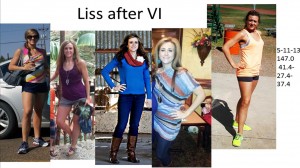
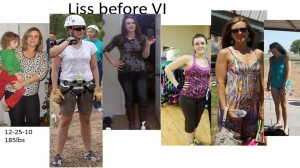


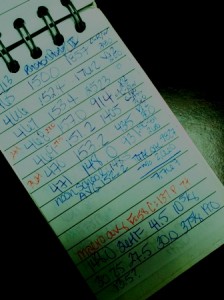

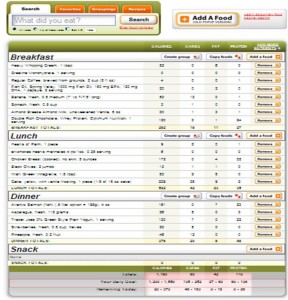
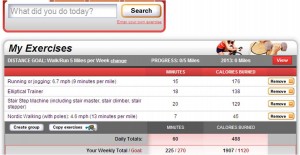
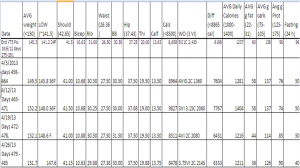
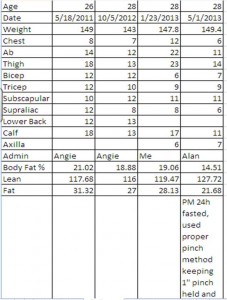


New Comments